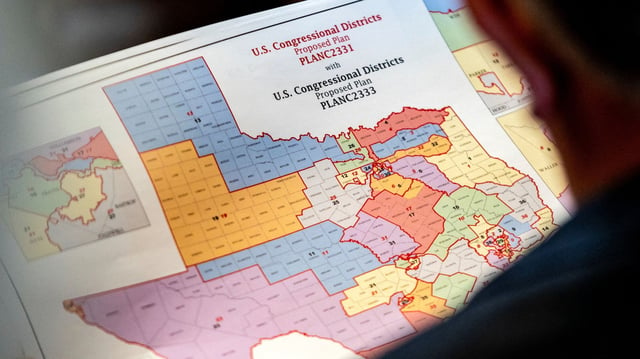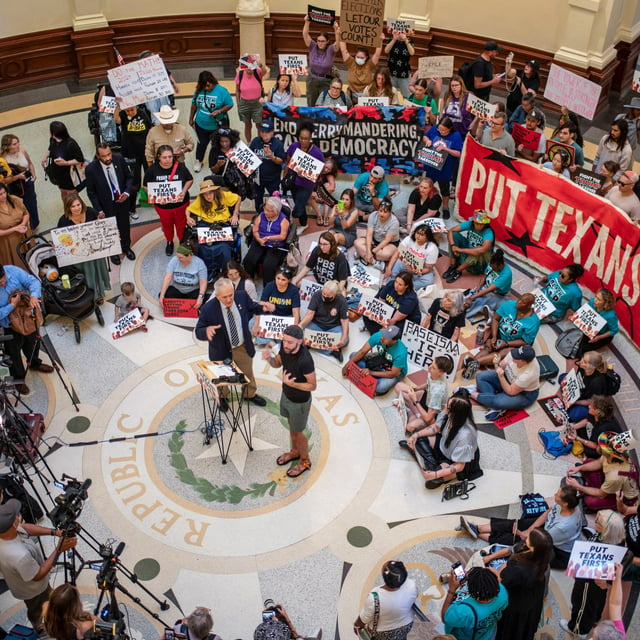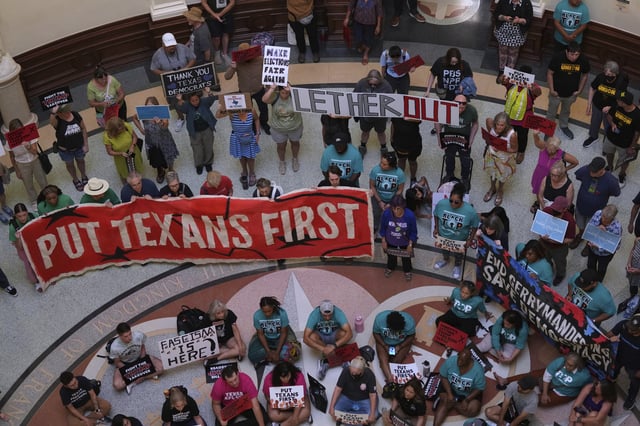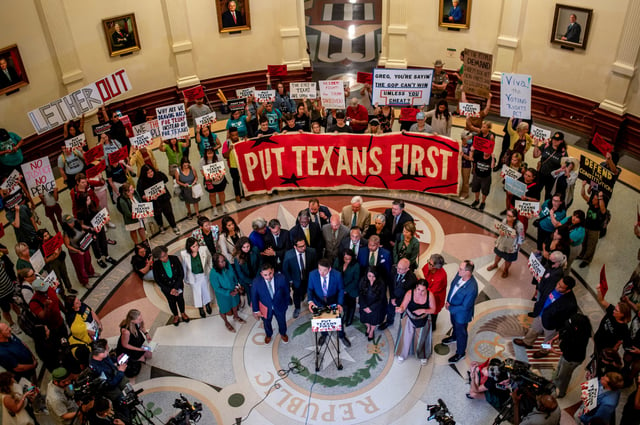Overview
- California’s legislature approved and Governor Gavin Newsom signed measures for a Nov. 4 special election that would let voters temporarily bypass the state’s independent commission to adopt a Democratic-drawn congressional map.
- The proposed California map is designed to create as many as five additional Democratic-leaning seats in 2026 if voters approve, with analyses flagging multiple Republican-held districts as newly competitive.
- The Texas House passed a Republican map on an 88–52 party-line vote after a two-week Democratic walkout, with the Senate expected to concur and Governor Greg Abbott pledging to sign a plan projected to add up to five GOP-leaning seats.
- Legal battles are accelerating as Democrats and civil-rights groups prepare Voting Rights Act challenges to Texas over alleged dilution of Black and Hispanic voting power, while California Republicans’ bid to stall the ballot push was initially rejected by the state’s high court.
- President Donald Trump has pressed GOP-led states such as Indiana and Missouri to consider mid‑decade remaps, Ohio’s revision is already in motion, and both parties see small seat shifts as potentially decisive for control of the U.S. House in 2026.



